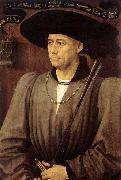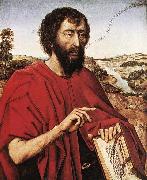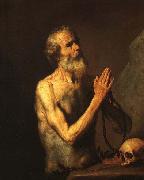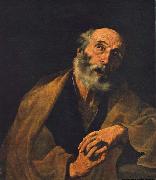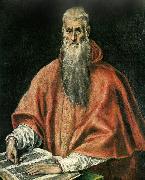Oil Paintings, Painted by Talent Swedish Artists.
|
|||||||||
| Artista: WEYDEN, Rogier van der | |||||||||

| |||||||||
|
|
|||||||||
|
|
|||||||||
| Artista: WEYDEN, Rogier van der | |||||||||

| |||||||||
|
|
|||||||||
|
|
|||||||||
| Artista: WEYDEN, Rogier van der | |||||||||

| |||||||||
|
|
|||||||||
|
|
|||||||||
| Artista: WEYDEN, Rogier van der | |||||||||

| |||||||||
|
|
|||||||||
|
|
|||||||||
| Artista: HALS, Frans | |||||||||

| |||||||||
|
|
|||||||||
|
|
|||||||||
| Artista: unknow artist | |||||||||

| |||||||||
|
|
|||||||||
|
|
|||||||||
| Artista: unknow artist | |||||||||

| |||||||||
|
|
|||||||||
|
|
|||||||||
| Artista: unknow artist | |||||||||

| |||||||||
|
|
|||||||||
|
|
|||||||||
| Artista: JORDAENS, Jacob | |||||||||

| |||||||||
|
|
|||||||||
|
|
|||||||||
| Artista: CHRISTUS, Petrus | |||||||||

| |||||||||
|
|
|||||||||
|
|
|||||||||
| Artista: CHRISTUS, Petrus | |||||||||

| |||||||||
|
|
|||||||||
|
|
|||||||||
| Artista: El Greco | |||||||||

| |||||||||
|
|
|||||||||
|
|
|||||||||
Pinturas::. All portrait >> man
(Comprar una pintura al óleo?)





